Latest news about Bitcoin and all cryptocurrencies. Your daily crypto news habit.
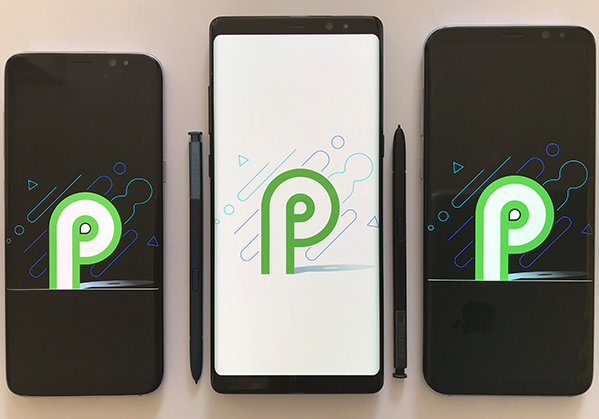
Lollipops, ice creams and marshmallows! We are not talking about desserts and sweets here, but rather the newest version of Android. Yes, that’s right. The next version of Android, is tentatively called Android P or Android 9.0 because the real name is not yet disclosed.
But considering the other versions of Android, we can expect a ‘sweet’ name. The rumors are that the name could be Android Pie, Android Pecan Pie, Android Pumpkin Pie, or even Android Pineapple and Android Pistachio Ice Cream, but it is something yet to be seen.
Here are the main features that you will find in the Android P operating system.
3X the Privacy
With the new operating system, the security of the phone will be stepped up at least 3 times. The biggest problem users now face is that the app searches for information from the sensors, cameras and microphones even when it is idle.
With the new OS, these apps will not be able to extract anything when it is in the idle mode. This is because the systems will not be reporting to the app when it is idle, which is a good thing. After all, why should the apps be requesting information from your systems when it is idle?
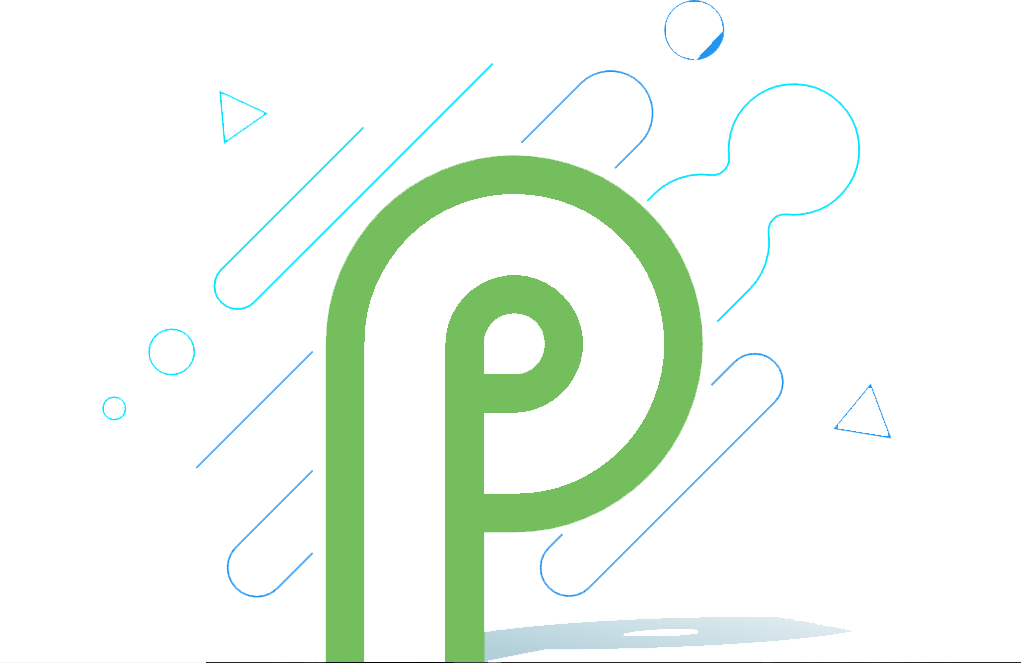 Image Credit: Android Developers
Image Credit: Android Developers
And there is more good news, the apps themselves will have better fingerprint system access in the new operating system. There are other features like encryption for backups with per-network randomization of MAC addresses, but we will be aware of them only during the Android P review later.
Multi-Camera Support
How about the cameras on your user’s phone working simultaneously? Phones with dual cameras at the back, and trio cameras with two at the back and one in the front are entering the market.
The new OS allows for all the cameras to work at the same time. And in addition to this, Google allows for image stabilization at the developer level, complete with in-display flash feature. Examples are the latest Vivo and Oppo phones.
Improved Notifications
Now developers can move their conversations from their favorite messenger into notifications.
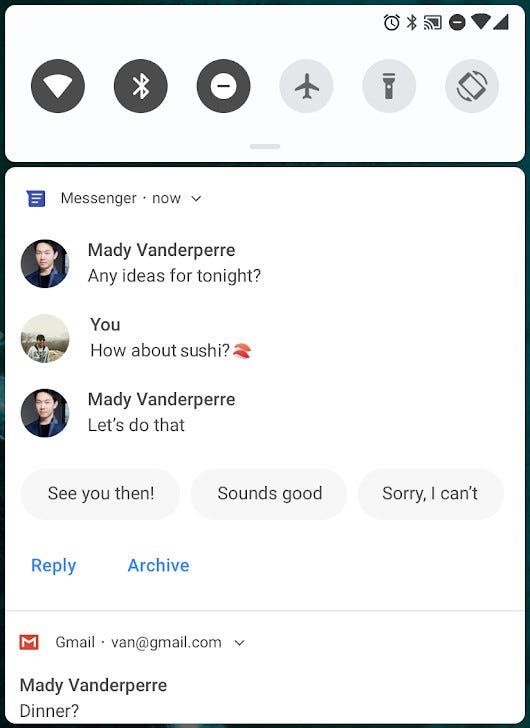 Image Credit: Android Developers
Image Credit: Android Developers
Now the dreaded “the person has sent an attachment” message can be replaced with image attachments and stickers. At-a-glance messaging service can be greatly improved with this, but the hitch is that it could take up physical space in your notification dropdown.
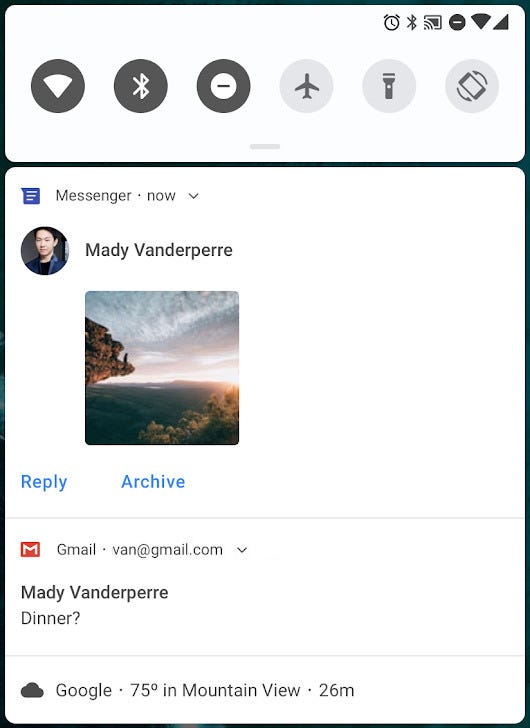 Image Credit: Android Developers
Image Credit: Android Developers
The improved notification feature would also give developers the option to add quick replies, which is almost like Google Allo and Google’s Reply app. The extent of control is not yet revealed, so that is something we’ll have to wait and see.
A Fresh Look
The text is sharper, and the menu has a lovely color, with livelier and smoother animations and seamless transition. Some of the elements in the interface have been moved about, but on the whole, the software build looks enticing and fresh.
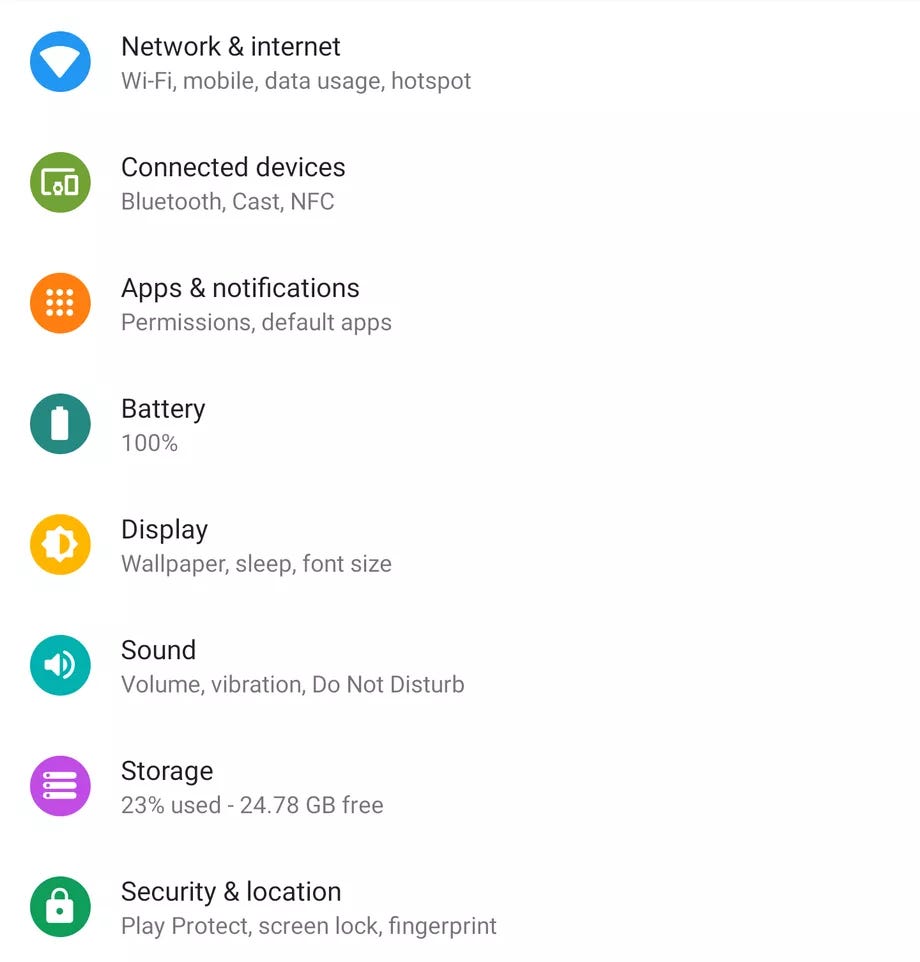 Image Credit: The Verge
Image Credit: The Verge
For example, the time display is now on the top left corner rather than on the top right corner of the screen. And the pixel launcher has a rounded off screen and it matches the notification window. Also, the battery percentage is at the screen’s bottom all the time so you don’t have to wake your phone to see whether you need to charge it. Your users would love this.
You can Create a User-Customizable Channel
With Android O, you introduced notification channels to your users. This was helping you to create a user-customizable channel for each of the notifications.
You can simplify the notification channel settings, by doing the following:
A) Your users can block entire channel groups for a particular app. isBlocked() method is used when a group is blocked, and the user will not be able to send notifications for channels in that particular group
B) NotificationManager.Policy has two new policy constants: PRIORITY_CATEGORY_ALARMS (alarms are prioritized) and PRIORITY_CATEGORY_MEDIA_SYSTEM_OTHER (media, system, and game sounds are prioritized).
Trying Out Different Notch Styles
Shrunken bezels and front facing sensors could leave a notch on the display. With Android P, you can have APIs that would help create user interfaces around that notch. So, with full-screen apps having buttons on the sides, you can easily avoid those notches, a great thing for developers.
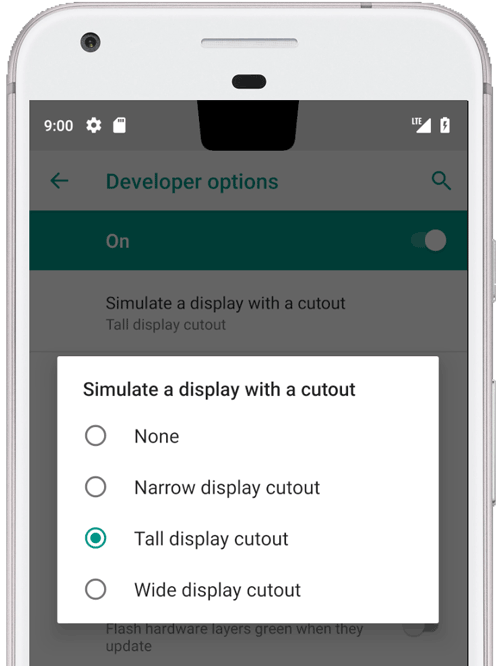 Image Credit: Android Developers
Image Credit: Android Developers
If you are developer starting out on your job, you can try out the different notch styles that the operating system comes with. So, you can test these things on the Android phone simulator, without trying it out on a real phone.
Support for Wi-Fi Direct Printing, better integration for Android Things, Bluetooth Hearing Aids are all other attractions for Android 9.
Conclusion
The news is that Android 9.0 will be released in August 2018. Some rumors say that the OS will be coming out sometime in mid-May 2018. And new phones will be arriving with Android P at the September IFA 2018 show.
If you haunt the Twitter page of Google Developers, you can see them dropping little hints on what’s in store for the next version. Phones with vanilla interfaces will have the Android P updates on their 2017 phones, and Nokia is one of the first companies to roll it out, followed by Sony, LG, HTC and Samsung. So, that’s something to look out for!
Interested to know more about Android app development? We’ll be happy to assist you…
What’s New in Google’s Next OS — Android P was originally published in Hacker Noon on Medium, where people are continuing the conversation by highlighting and responding to this story.
Disclaimer
The views and opinions expressed in this article are solely those of the authors and do not reflect the views of Bitcoin Insider. Every investment and trading move involves risk - this is especially true for cryptocurrencies given their volatility. We strongly advise our readers to conduct their own research when making a decision.
